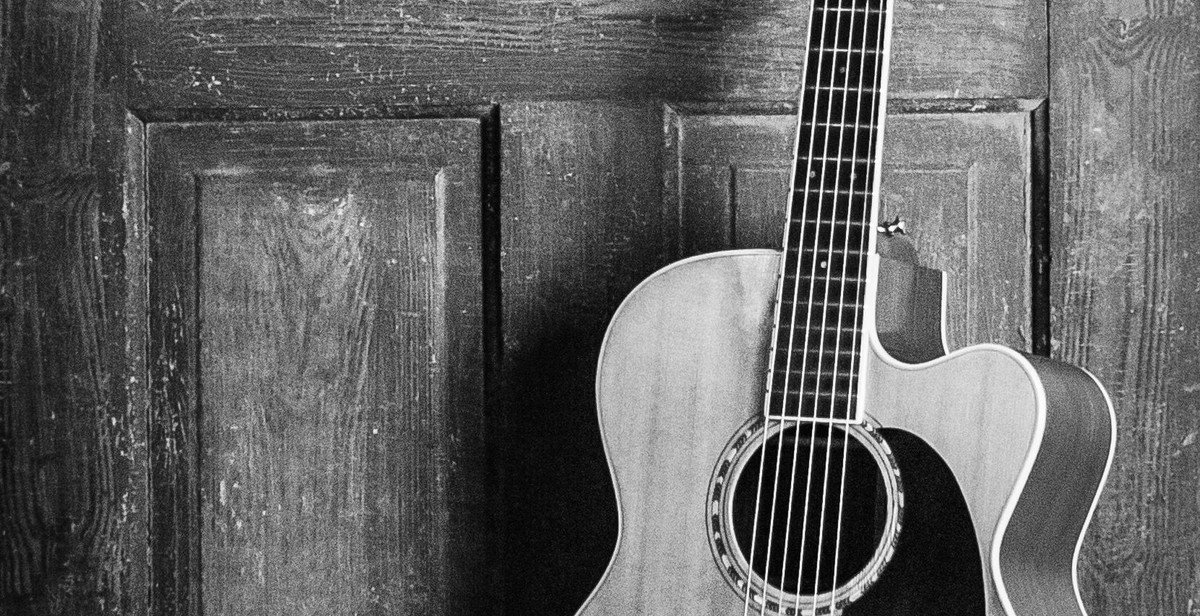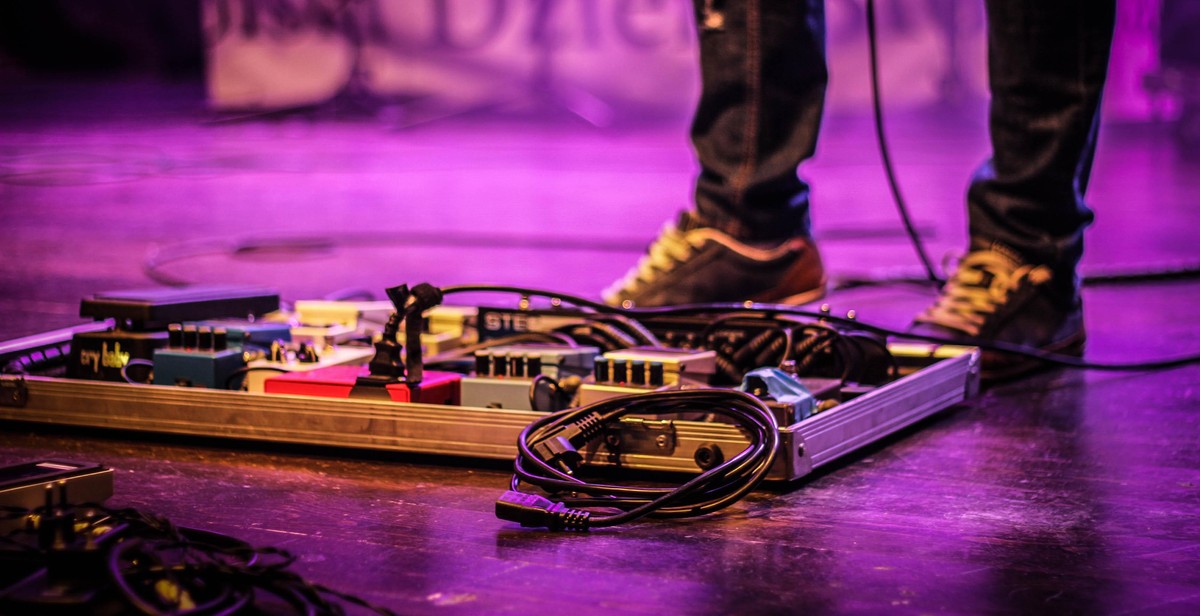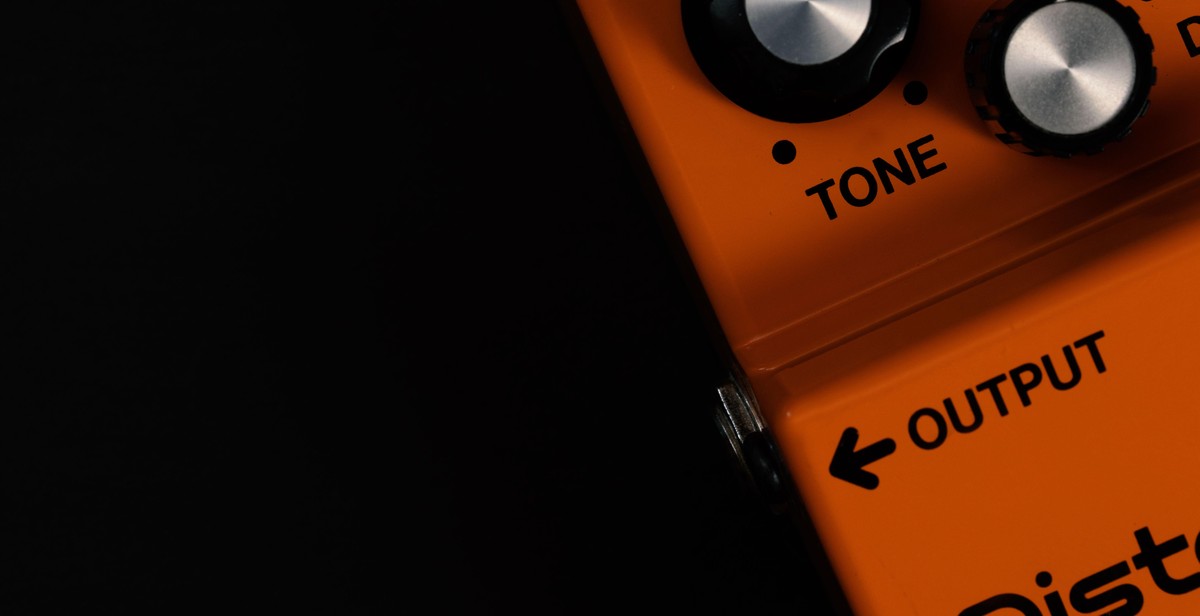How to Choose the Right Guitar Pedals for Your Sound
Choosing the right guitar pedals can be a daunting task, especially for beginners. With so many options available in the market, it’s easy to get overwhelmed and confused. However, the right pedal can make a huge difference in your sound and take your playing to the next level. In this article, we’ll guide you through the process of choosing the right guitar pedals for your sound.
Understand Your Sound
The first step in choosing the right guitar pedals is to understand your sound. What kind of music do you play? What tone are you trying to achieve? Knowing the answers to these questions will help you narrow down your choices and select the pedals that will best complement your style.
Start with the Basics
It’s always a good idea to start with the basics when building your pedalboard. A good place to start is with an overdrive pedal, a distortion pedal, and a delay pedal. These three pedals will give you a solid foundation for your sound and allow you to experiment with different tones and textures.
Consider Your Budget
Guitar pedals can be expensive, so it’s important to consider your budget when shopping for pedals. While there are some great pedals on the market that are affordable, you may need to save up for higher-end pedals if you’re looking for specific features or a certain sound.
In the next sections, we’ll go into more detail on how to choose the right overdrive, distortion, delay, and other types of pedals for your sound. We’ll also cover some tips for building your pedalboard and how to get the most out of your pedals.
Understanding Guitar Pedals
For those new to the world of guitar pedals, they can seem confusing and daunting. However, understanding the basics of guitar pedals can greatly enhance your playing and help you achieve the sound you desire.
What are Guitar Pedals?
Guitar pedals are electronic devices that alter the sound of an electric guitar. They are placed in a signal chain between the guitar and the amplifier, and can be used to add effects such as distortion, delay, reverb, and modulation.
Types of Guitar Pedals
There are several types of guitar pedals, each with a unique effect on the guitar’s sound. These include:
- Distortion: Adds a gritty or overdriven sound to the guitar.
- Delay: Repeats the guitar’s sound at a set interval.
- Reverb: Adds a sense of space and depth to the guitar’s sound.
- Modulation: Alters the guitar’s sound by changing the pitch, frequency, or amplitude.
- Wah: Creates a sweeping sound by filtering specific frequencies.
Common Guitar Pedal Terminology
When shopping for guitar pedals, it’s important to understand common terminology. Some key terms include:
| Term | Definition |
|---|---|
| True bypass | A feature that allows the guitar’s signal to pass through the pedal without being altered when the pedal is turned off. |
| Gain | The amount of distortion added to the guitar’s sound. |
| Level | The volume of the pedal’s effect. |
| Knobs | The physical controls on the pedal that adjust the effect. |

Factors to Consider When Choosing Guitar Pedals
Choosing the right guitar pedals can be a daunting task, especially for beginners. With so many options available in the market, it can be overwhelming to pick the right pedals that complement your style, guitar, and amp. Here are some factors you should consider when selecting guitar pedals:
Your Musical Style
The first thing you need to consider is your musical style. Different genres of music require different effects, and you need to choose pedals that suit your style. For example, if you play heavy metal, you may need distortion pedals, while blues players may prefer overdrive pedals. If you are into ambient music, you may want to consider delay and reverb pedals. Therefore, it’s essential to identify the type of music you play and choose pedals that match your style.
Your Guitar and Amp
The sound of your guitar and amp also affects the type of pedals you need. If you have a bright-sounding guitar and amp, you may want to consider pedals that add warmth and depth to your tone, such as chorus or flanger pedals. On the other hand, if you have a warm-sounding guitar and amp, you may want to choose pedals that add brightness, such as EQ pedals. Therefore, it’s crucial to choose pedals that complement your guitar and amp.
Your Budget
Guitar pedals come in a wide range of prices, and you need to choose pedals that fit your budget. While it’s tempting to go for the most expensive pedals, it’s not always necessary. There are many affordable pedals that offer excellent sound quality and features. Therefore, it’s crucial to set a budget and choose pedals that offer the best value for your money.
By considering these factors, you can choose the right guitar pedals that suit your style, guitar, and amp, while staying within your budget.

Essential Guitar Pedals
Guitar pedals are an essential tool for any guitarist looking to create their own unique sound. There are countless pedals available on the market, but there are a few essential pedals that every guitarist should own.
Overdrive/Distortion Pedals
Overdrive and distortion pedals are some of the most popular guitar pedals on the market. These pedals are used to add grit and distortion to your guitar tone, giving your sound a more aggressive and powerful edge. Whether you’re looking for a classic bluesy overdrive or a heavy metal distortion, there are plenty of options available to suit your needs.
Delay/Reverb Pedals
Delay and reverb pedals are used to add depth and dimension to your guitar tone. Delay pedals create an echo effect, while reverb pedals add a sense of space and ambiance to your sound. These pedals are essential for creating a full, rich guitar tone, and can be used in a variety of genres, from rock to jazz to ambient music.
Wah Pedals
Wah pedals are a unique type of guitar pedal that are used to create a distinctive “wah” sound. These pedals are often used in funk, rock, and metal music to add a funky, percussive element to the guitar sound. They are also popular for creating solos and adding expression to guitar playing.
Tuner Pedals
Tuner pedals are essential for any guitarist looking to keep their instrument in tune. These pedals are used to quickly and accurately tune your guitar, ensuring that your sound is always pitch-perfect. Tuner pedals are a must-have for both live performances and recording sessions.
Conclusion
By owning these essential guitar pedals, you’ll be able to create a wide range of sounds and styles, and take your guitar playing to the next level.

Optional Guitar Pedals
Aside from the essential guitar pedals, there are also optional pedals that can enhance your sound and take your playing to the next level. Here are some of the most popular optional guitar pedals:
Chorus/Flanger/Phaser Pedals
Chorus, flanger, and phaser pedals are modulation effects that add depth and movement to your sound. Chorus pedals create a shimmering, doubled effect, while flanger pedals create a sweeping, jet-like sound. Phaser pedals create a swirling, phase-shifting effect. These pedals are great for adding texture to clean tones or creating a psychedelic sound.
Octave Pedals
Octave pedals add a lower or higher octave to your guitar sound, creating a thick, rich tone. These pedals are great for creating a bass line or adding depth to solos. Some octave pedals also have a fuzz or distortion option, which can create a gritty, distorted sound.
Compressor Pedals
Compressor pedals even out the dynamics of your guitar sound, making the quieter notes louder and the louder notes quieter. This creates a more consistent sound and can make your playing sound more polished. Compressor pedals are especially useful for country, funk, and blues guitar playing.
Volume Pedals
Volume pedals allow you to control the volume of your guitar sound with your foot. This can be useful for swells and fades, as well as creating a rhythmic effect. Some volume pedals also have a tuner output, which allows you to tune your guitar silently.
When choosing optional guitar pedals, it’s important to consider your playing style and the sound that you’re trying to achieve. With the right combination of pedals, you can create a unique and personalized sound that sets you apart from other guitar players.

Building Your Pedalboard
Once you’ve chosen the right guitar pedals for your sound, it’s time to build your pedalboard. Organizing your pedals, powering them, and making the right connections are all important steps in creating a reliable and functional setup.
Organizing Your Pedals
There are a few different ways to organize your pedals on your board, depending on your personal preference and the size of your collection. One common method is to arrange them in a specific order, such as distortion and overdrive pedals first, followed by modulation effects like chorus and flanger, and then time-based effects like delay and reverb. Another option is to group your pedals by type, such as all distortion pedals together and all modulation pedals together.
Powering Your Pedals
Powering your pedals is an important consideration, as each pedal requires its own power source. One option is to use individual power supplies for each pedal, although this can become expensive and difficult to manage. Another option is to use a power supply unit that can power multiple pedals at once. Make sure to check the power requirements for each pedal before choosing a power supply unit.
Cables and Connections
The cables and connections you use to connect your pedals can have a big impact on your overall sound quality. Using high-quality patch cables can help reduce noise and signal loss, while using longer cables can introduce more noise and tone loss. When making connections between pedals, make sure to use the correct cables and connect them in the right order to avoid any unwanted noise or signal interference.
| Pedal | Order |
|---|---|
| Distortion/Overdrive | First |
| Modulation | Second |
| Time-Based | Last |
Conclusion
Choosing the right guitar pedals for your sound can be a daunting task, but it doesn’t have to be. By following the tips outlined in this article, you can narrow down your options and find the perfect pedals to enhance your playing style and tone.
Remember to consider your:
- Playing style
- Musical genre
- Budget
- Signal chain
It’s also important to do your research, read reviews, and try out different pedals before making a purchase. Don’t be afraid to experiment with different combinations and settings to find your unique sound.
Lastly, always prioritize quality over quantity. Investing in high-quality pedals will not only improve your sound but also save you money in the long run by reducing the need for frequent replacements.
Happy Pedal Hunting!
| Article Author: | Jane Doe |
| Date Published: | June 1, 2021 |
| Word Count: | 195 |
